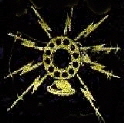
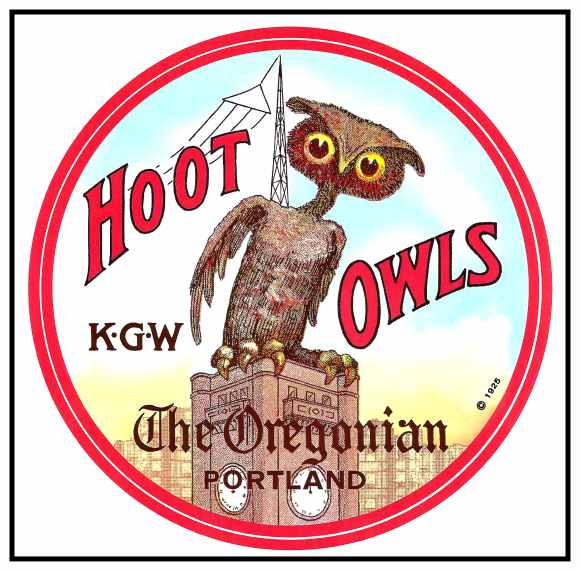
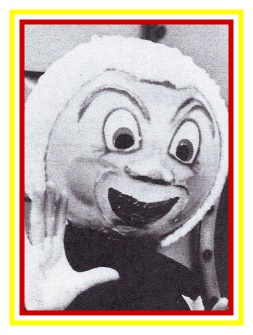
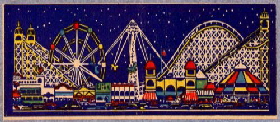

 |
 |
 |
 |
|||
 |
||||||
|
This photo from about 1909 shows the Potter family (left to right): Thomas Irving Potter, Thomas Benton Potter and his wife Mary with grand daughter Helen Elizabeth Potter. (Photo courtesy of Sarah Kern Potter and Robert Kern Potter, Jr.) |
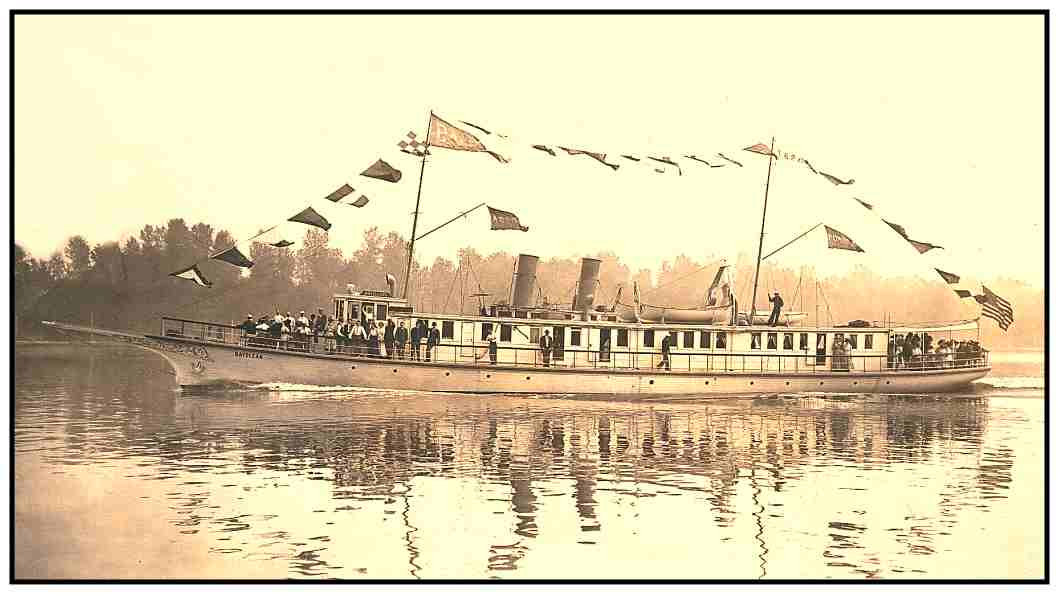 |
|
This photo shows the yacht Bayocean which was the largest yacht on the West Coast at the time and it weighed 148 tons. It was used to speed people from Portland to Bayocean. The Bayocean, was built at Portland, Oregon, in 1911. She was acquired by the Navy in June 1918 and placed in commission in August. Bayocean served at San Diego, California, from mid-September until mid-November 1918, then was sent to the west coast of Mexico, where she operated for the next two months. Soon after returning to the U.S., she moved north to the Mare Island Navy Yard and was decommissioned there in mid-March 1919. USS Bayocean was stricken from the Navy list in October 1919 and sold in August 1921. (Photo courtesy of Sarah KernPotter and Robert Kern Potter, Jr.) |
|
|
|
|
Photo courtesy of Dave Elston |
|
Exterior view of the Rustic Dancing Pavilion from the Natatorium |
|
|
Dances were held on Wednesday and Saturday nights at the Rustic Dancing Pavilion where the Hotel Orchestra played. This fireplace warmed the open-air Dancing Pavilion on chilly nights. |
|
|
Photo courtesy of Dave Elston |
||
|
Drawing of the Natatorium from an early brochure about Bayocean. |
||
|
|
This view from 1914 shows the Salt Water Artificial Surf Natatorium under construction. |
|
|
An artist’s conception of the Grand Hotel that was never built. |
|
There were grand plans for the new coastal resort, it was heralded as “The Playground of the Pacific Northwest”, but most of the plans never came to fruition. Bayocean was built on a sand dune on a spit between the Pacific Ocean and the fresh water of Tillamook Bay. |
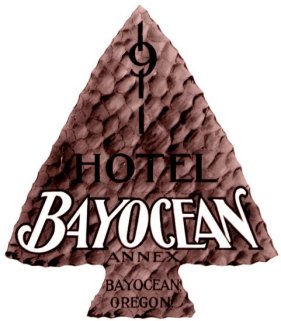 |
|||
|
Sign from the Hotel Bayocean Annex, which opened in 1911 |
|||
|
|
|
|
View of the Hotel at Bayocean, which was equipped with Automatic Fire Sprinklers. You can also see the Natorium over the hill and to the right. |
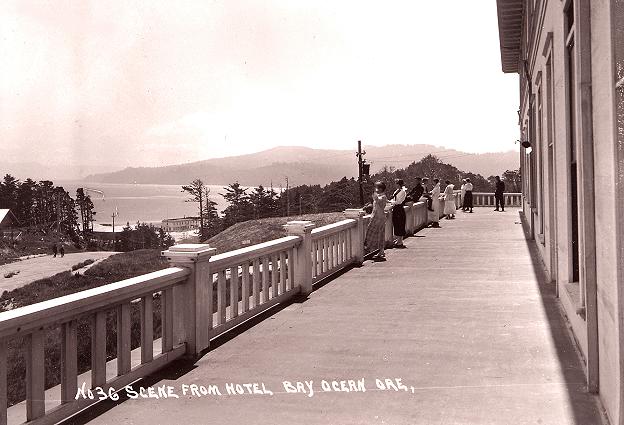 |
|
|
View toward the bay from the Hotel at Bayocean. |
|
|
There were three Hotels and boarding houses, a School, a General Store, a Bakery and several other businesses. The Amusements consisted of a Trap Shoot Range, a Bowling Alley and Tennis Courts. Bayocean had a Cannery, a Tin Shop, Machine Shop and a Texaco gas station. The Town had a sophisticated water system, a telephone system and a power plant with a diesel engine that provided electricity. A Grand Opening for the Beach Resort was held on June 20, 1912 complete with a parade and marching band. |
|
|
View of the Avenue leading from the Amusement Halls and Pier to Tent City and the Hotel Bayocean. A flatbed railroad car from the Dinky can be seen in the lower right corner. |
|
|
|
|
Photo courtesy of Dave Elston |
|
“Submarine” in the Natatorium |
|
|
Photo courtesy of Dave Elston |
|
Water Heating Unit at the Natatorium |
|
|
Photo courtesy of Dave Elston |
|||
|
Spectators line the gallery on the right |
|||
|
|
Photo courtesy of Dave Elston |
|||
|
To the left is the band that entertained the swimmers |
|||
|
|
View of the Natatorium shortly after opening. Cape Meares is located by the hill in the distance. |
|
A road from Tillamook was finally completed in 1928 and a school opened in 1932. The school doubled as a house of worship. Eventually, more than 2,000 sandy lots were sold and about 60 homes were built. The town boasted four miles of paved streets. |
|
|
View of the Bayocean Railroad carrying building supplies. Potter used his Bay Ocean Railroad, which was known as “The Dinky” to haul in gravel from the rock crusher, as well as concrete from the batch plant and other building supplies. With portable tracks, Potter could move the railroad as needed. |
|
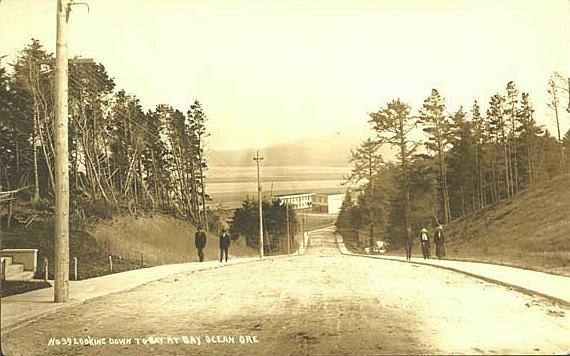 |
|
|
View from the Hotel looking down to the Bay |
|
|
Until Bayocean’s new residents could purchase a tract of land or build a house, many of them stayed in the Tent City. Each tent had a wood stove and some of the tents were equipped with lights and electricity. |
|
|
Bungalow City replaced the Tent City |
|
|
Cottages at Bayocean built by Portland’s Poulson Lumber family. |
|
|
The Natatorium on the left was popular in the daytime and the Rustic Pavilion on the right was popular on Wednesday and Saturday nights when the Hotel Orchestra provided the music. |
|
|
A romantic rendezvouz on the hill above the Natatorium |
|
By the time the road opened, erosion had begun to take a toll as several buildings washed into the sea, and the Dance Hall had burned down. The town had about 50 year-round residents, but in the summer, the crowds would swell to several thousand inhabitants. |
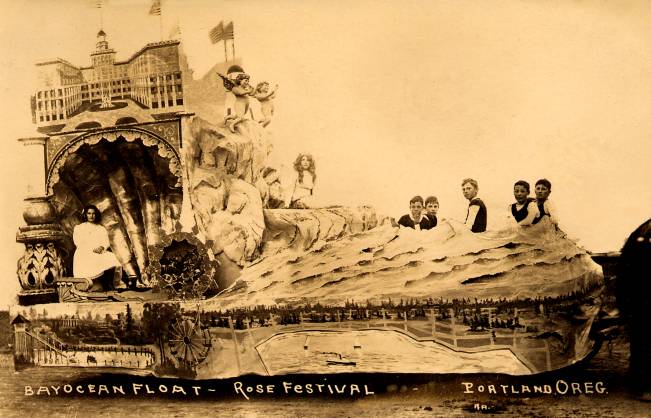 |
|
This Rose Festival Float was used to promote Bayocean in 1909. It depicts a re-creation of the sand dunes and several landmarks of Bayocean, which were never built: the Grand Hotel and the Amusement Park. Pictured are the proposed Ferris Wheel and the Water Chute ride. |
|
By 1932, the ocean had taken a tole on the Natatorium. It was no longer safe to swim there. As the ocean washed away the sand and under footings, the walls of the Natatorium began to sag and the roof collapsed in 1936. It had totally disappeared by 1939. The Post Office closed on March 31, 1953 as most of the resort town’s residents had moved away. Mr. Mitchell was the last resident to leave. By 1954, the spit washed out, making Bayocean an island. It became known as the town that fell into the sea. Over the next few years, the town was closed and the remaining buildings were burned down, removed or torn down. The last house fell into the ocean in 1960. Several of the original buildings from Bayocean were moved to Cape Meares, including the School House, which is now a Community Center. Funds are being raised for restoration, and they are over half way to their goal of $40,000. Unfortunately, very little else of Bayocean survives today, just a few pieces of concrete here and there, and just a few fading memories. |
|
would be much more enjoyable if the water was not so cold. This is the pleasure that Bayocean Natatorium offers you. Breakers are made artificially and the water is an agreeable temperature; also still water for swimming. A fine hotel or summer bungalows at reasonable rates insure a delightful vacation. |
||||||||||||
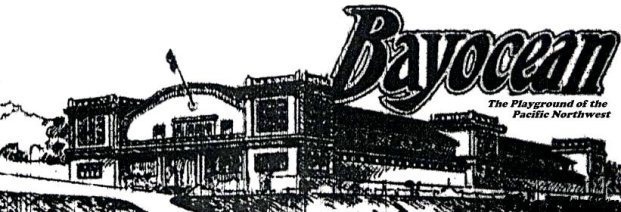 |
||||||||||||
|
Rates. Information and reservation: 722 Corbett Bldg. or any S.P. R.R. Agent |
||||||||||||
|
Re-creation of an Oregonian Newspaper Ad from August 16, 1914 |
||||||||||||
|
Last updated 10-26-16 |
||||||||||||
|
copyright © 2017 PdxHistory.com |
| [Portland History] [Site Map] [Amusement Parks] [Historic Portland] [Department Stores] [Streetcars] [Railroads] [Mt Hood] [Oregon Coast] [Astoria] [Post Card History] [Portland Hotels] [Portland Neighborhoods] [Getaways] [Contact Us] |